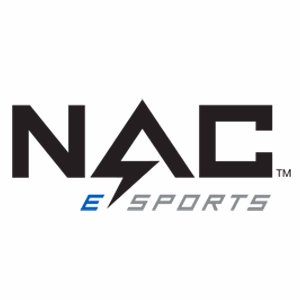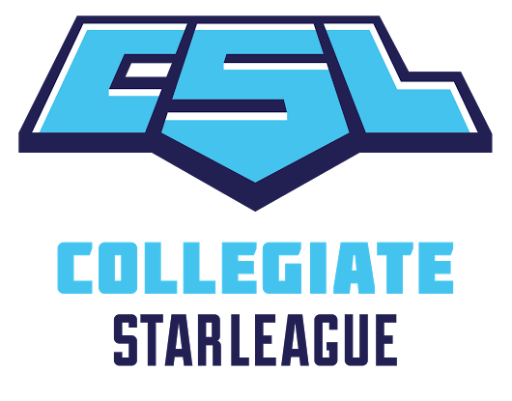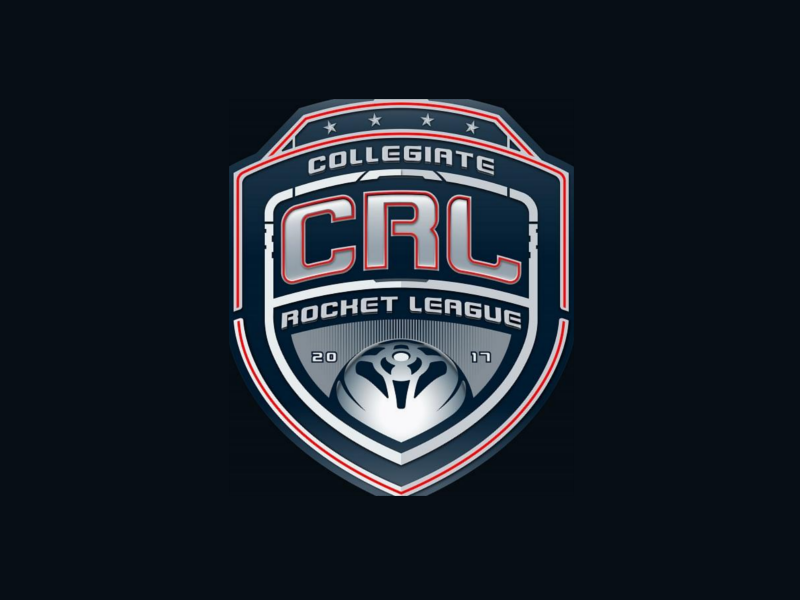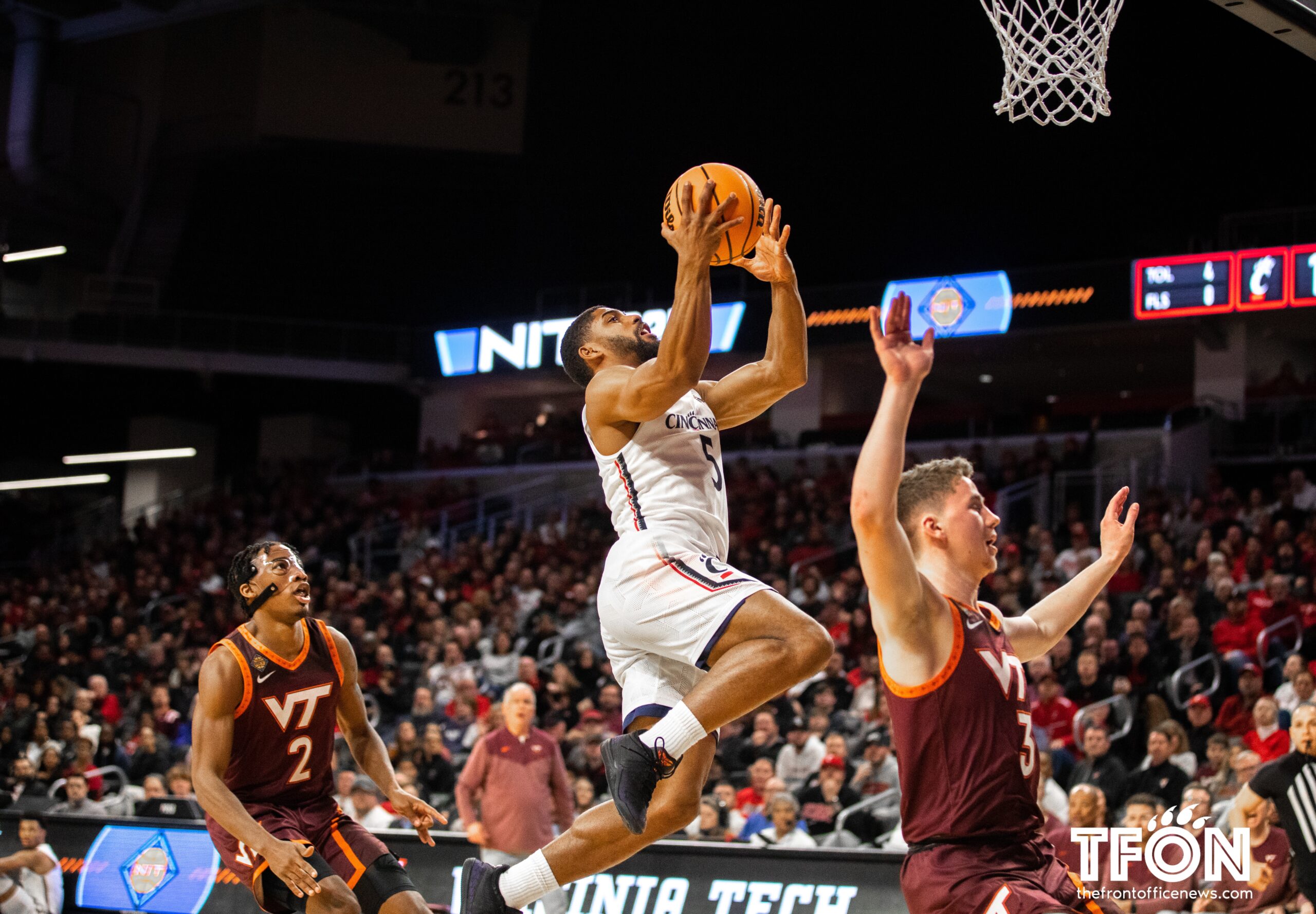The rise of esports, aside from paving the way for the creation of university-oriented contests, has allowed for a number of organizations to sprout out in conjunction with the sole purpose being to organize and manage this nascent field into a state of respectability. Such groups include Tespa, a collegiate esports organization created by Blizzard who’s in charge of creating gaming clubs & events within their member schools, thus raising the appeal of it to casual students, and NACE (National Association of Collegiate Esports), which is largely the same as the former but specializes in the management of varsity esports clubs.
Despite both of them being formed near the middle of this decade with little time on their hands just as the esports industry was on the verge of bursting out of the gate, their reach throughout North America is already astonishing. Whereas NACE has 80+ schools in its ranks, Tespa has more than double the number, with more than 270+ schools in their list of members. Such names from both of these entities include highly-renowned educational institutions such as the University of Texas-Austin, the University of Michigan, the University of Florida, Stanford University, the University of Oklahoma and many more.
With such a flurry of schools creating esports programs to suit their technologically-proficient students, it would make sense for collegiate leagues to take part as well in order to complement the competitive nature this environment is well known for. Just as how there are conferences that house a number of schools in a specific region of the country ( SEC, Big 10, Pac-12, etc..), collegiate leagues are doing the same thing albeit with a different format.
One particular league, the Collegiate Star League (CSL), does this but in segmentations with regard to the many popular games that are out there (i.e. Counter Strike: Global Offensive, League of Legends, Fortnite, PUBG, etc.). Such instances of branching out include the uLOL Campus Series, the Inaugural Collegiate Fortnite League, and the Collegiate CS:GO League. According to their website, since starting in 2009, the CSL has grown to more than 900 universities and 30,000 active players within their organization. Additionally, their many leagues have awarded a total of over $400,000 to the winning students. Of course, they can’t actually give proper prize money to students since they’re in college, but they can offer scholarship money to the victors to suit their tuition fees and anything else of that nature.
Another one, the Collegiate Rocket League, which was founded by a conglomerate consisting of Tespa & Psyonix (the video game developer responsible for making the namesake game) has already garnered a lot of viewers despite being an infant in its existence. When it was announced in August of 2017, people looked at it, with more prudence than anything, as a daring venture from the two parties. Aside from the CSL version of the vehicular soccer game, the CRL was going to be an entirely separate competition with no prior history to look back on for a foundation. Well, with one year under their belt, they have certainly proved their doubters wrong. Their prize scholarship money amount increased by $25,000 compared to last year, thus underpinning the incentive of teams to participate and win. And with its popularity only increasing with each passing match, it’s becoming more likely that it will continue into the near future.
At its core, esports would not be as it is without Twitch, the astronomically popular video streaming website that serves as the base for unknown gamers to provide real-time content to their viewers through their play, which can help them become popular in the long run. It was founded in 2011 under the name “justin.tv” as an obscure place enclosed within the online gaming realm. Its initial appeal to grassroots gaming aficionados, in due time, has eventually morphed into the casual person, regardless of background or preferences, of knowing about it as well. According to Streamlabs, as of the first quarter of this year, Twitch viewership went up by 21% compared to last quarter, going from 788K to 953K average concurrent viewers. Additionally, more than 1 million streamers were active on the website, thus showcasing its usability to the gaming—and, in a way, esports—market. It is because of such affluence that colleges are finally taking notice of Twitch since it is now being used as a streaming host for their big esports tourneys.
However, when one thinks of collegiate sports, be it physical or on the console, they can’t help but include the NCAA. Since the concept of collegiate esports is still fairly new, the NCAA (National Collegiate Athletic Association) has still not done anything as of now to restrict its outreach in the many fields it concerns itself with such as recruitment, the arms-race style of building hot-shot training facilities and anything more of that sort. As was discussed by ESPN writer Kieran Darcy, they’re taking a “wait-and-see” approach over the concept.
Additionally, they may have to face the question of paying competitors while they’re in school. Yes, the prize money being rewarded through scholarships may be looked at as a form of payment to some, but proponents of it will argue that the money is used for school only and nothing more. There’s also the possibility that students who stream themselves playing games while still studying in college may get paid through advertisement revenue, which can be a definite red flag in relation to the case of unauthorized payment to student-athletes from third-parties. It’s already tough as it is for the NCAA with regard to traditional sports, but with esports coming in the horizon, things will definitely get more complicated. Whatever the case, be sure that in the future, these competitions will not breeze by as long as the NCAA is around to enforce its rules on them.
Although these fixtures are still comparatively new in the sports scene and not a lot of people outside of the standard fanbase knows of its existence, the very fact that such an event would even take place as opposed to a decade ago when it was perceived as next to impossible is simply phenomenal. And if one also bears in mind the age of technology that is becoming more evident year by year, the prospect of such projects being made should now be seen as a given. Yes, traditional sports such as football and baseball will still be popular in the midst of this technological spring, but pretty soon they’re going to have to make some room for esports. It’s already big in the professional level, so why not let its popularity continue to soar in the collegiate level as well?











